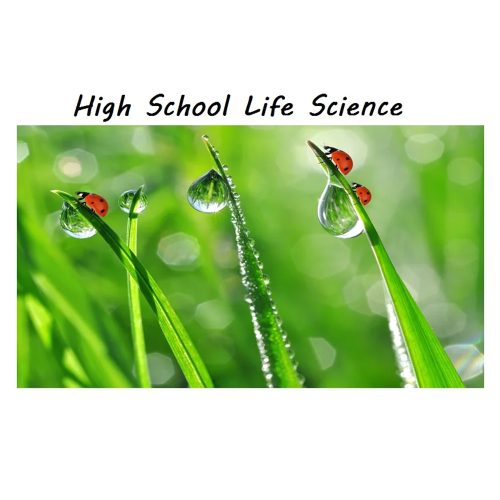This class is for any
high school student who wants to learn biology from a licensed secondary education teacher who knows all of the cool things these subjects offer, as well as how to teach them to make them really fun and engaging. We can even apply grades to the student's work to report on transcripts if that is requested.
Students will
choose a particular phenomenon of interest which covers a great deal of the requirements of the Colorado Academic Standards and the Next Generation Science Standards.
High school Life Science covers Biology.
- Matter tends to be cycled within an ecosystem, while energy is transformed and eventually exits an ecosystem
- The size and persistence of populations depend on their interactions with each other and on the abiotic factors in an ecosystem
- Cellular metabolic activities are carried out by biomolecules produced by organisms
- The energy for life primarily derives from the interrelated processes of photosynthesis and cellular respiration. Photosynthesis transforms the sun’s light energy into the chemical energy of molecular bonds. Cellular respiration allows cells to utilize chemical energy when these bonds are broken.
- Cells use the passive and active transport of substances across membranes to maintain relatively stable intracellular environments
- Cells, tissues, organs, and organ systems maintain relatively stable internal environments, even in the face of changing external environments
- Physical and behavioral characteristics of an organism are influenced to varying degrees by heritable genes, many of which encode instructions for the production of proteins
- Multicellularity makes possible a division of labor at the cellular level through the expression of select genes, but not the entire genome
- Evolution occurs as the heritable characteristics of populations change across generations and can lead populations to become better adapted to their environment
We do have some grant money available for low-income families to use to supplement up to 80% of their tutoring costs, pending availability and proof of need.
 This class is for any high school student who wants to learn biology from a licensed secondary education teacher who knows all of the cool things these subjects offer, as well as how to teach them to make them really fun and engaging. We can even apply grades to the student's work to report on transcripts if that is requested. Students will choose a particular phenomenon of interest which covers a great deal of the requirements of the Colorado Academic Standards and the Next Generation Science Standards. High school Life Science covers Biology.
This class is for any high school student who wants to learn biology from a licensed secondary education teacher who knows all of the cool things these subjects offer, as well as how to teach them to make them really fun and engaging. We can even apply grades to the student's work to report on transcripts if that is requested. Students will choose a particular phenomenon of interest which covers a great deal of the requirements of the Colorado Academic Standards and the Next Generation Science Standards. High school Life Science covers Biology.
